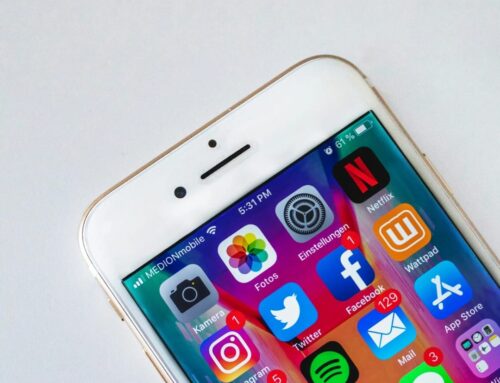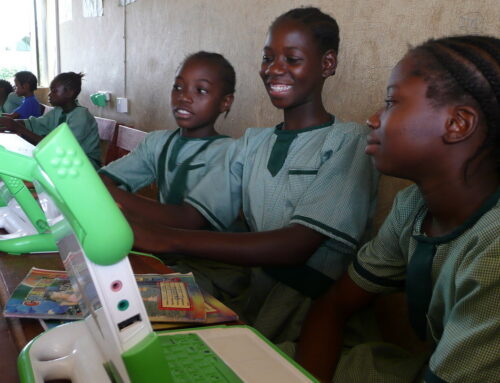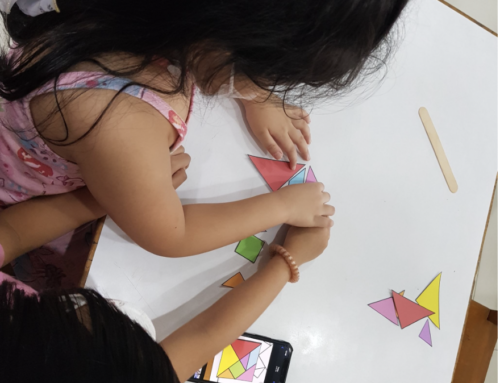I’ve just returned from giving a keynote to schools at the EARCOS teacher conference in Asia. My subject was whether we are too late to reverse the cyberbullying epidemic. The room was packed with educators wanting to understand what is driving cyberbullying and most importantly what they can do about it at their individual schools and campuses.
It felt good to be able once again to meet in person and be part of a big convening like this. But what disturbed me was the palpable shift that the schools are reporting in student attitudes.Their students had returned from lockdown with a greater tendency to aggression and a sense of impunity about their actions – a so-what-if-I-did-this attitude. These are all great schools but the stories they told me involved teenagers (often boys) engaging in racial taunts or graphic sexual threats (often to girls) with a chilling lack of care.
It’s a phenomenon that I’m hearing from schools across the US and beyond. The psychological term for this is disinhibition. It’s one of the most concerning consequences of the increase of online (as opposed to in person) interactions. For most humans the ability to see the impact of our words on the person we are talking to is a brake upon our aggressive impulses. If I can see the whites of your eyes and the changes in your face and posture when I speak, that helps me to regulate my behavior. This diminishes when we go online. And it’s leading to a new norm for adults and young people that says that online aggression is okay.







Leave A Comment